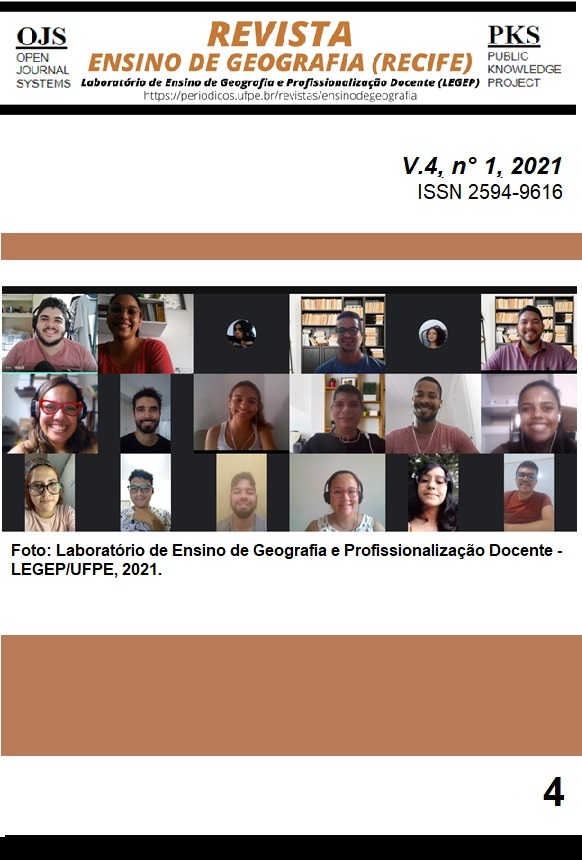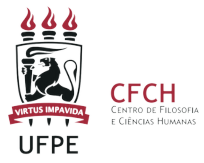Fieldwork is not just leisure: an unique methodological resource in the teaching-learning process in geography
DOI:
https://doi.org/10.51359/2594-9616.2021.247524Keywords:
School Geography, Method, FieldworkAbstract
Starting from the systematization of a method for the development of fieldwork in Basic Education, the article discusses the potential of this methodological resource in the teaching-learning process in Geography. For this purpose, the theoretical discussion of a critical nature and participant observation in a work carried out in the municipality of Pirenópolis-GO constitute the methodological procedures employed in this study. The results show that, based on a method that ensures the pedagogical development of this practice and on theoretical contributions that favor the understanding of the spatiality of facts/phenomena, fieldwork is an effective instrument in the construction of geographical knowledge. It is noteworthy that its purpose is educational and enables geographic reasoning through practical and mental activities in relation to the objects / phenomena studied.
Downloads
Published
How to Cite
Issue
Section
License
Copyright (c) 2021 Ricardo Chaves de Farias, Alcinéia de Souza Silva

This work is licensed under a Creative Commons Attribution 4.0 International License.
Authors who publish with this journal agree to the following terms:- Authors retain copyright and grant the REVISTA ENSINO DE GEOGRAFIA (RECIFE) right of first publication with the work simultaneously licensed under a Creative Commons Attribution NonCommercial International 4.0 (CC BY-NC) that allows others to share the work with an acknowledgement of the work's authorship and initial publication in this journal.
- Authors are able to enter into separate, additional contractual arrangements for the non-exclusive distribution of the journal's published version of the work (e.g., post it to an institutional repository or publish it in a book), with an acknowledgement of its initial publication in this journal.
- Authors are permitted and encouraged to post their work online (e.g., in institutional repositories or on their website) prior to and during the submission process, as it can lead to productive exchanges, as well as earlier and greater citation of published work.



